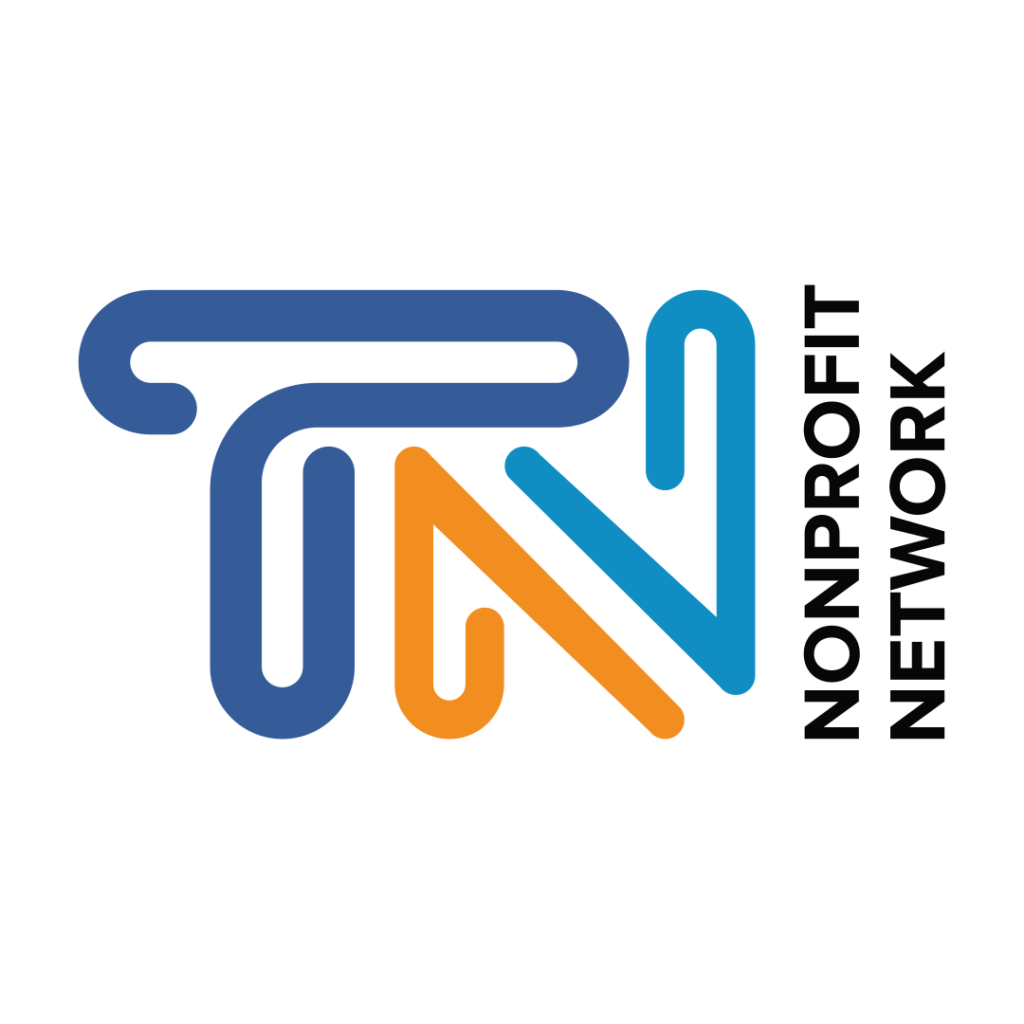by Kevin Dean, President & CEO, Tennessee Nonprofit Network
Read part 1 of this series here. Read part 2 here.
Hi everyone,
I’m back with another post about burnout, a topic that clearly resonates with many of you. Several of you have asked how I knew the difference between “regular” stress and full-blown burnout. It’s a great question because the line can seem blurry at times. While stress is a natural response to demands, burnout is a chronic condition that goes much deeper. It’s a state of emotional, physical, and mental exhaustion caused by prolonged or excessive stress. It short circuits your brain, changes your perspective on life, and fully consumes you.
I’ve been so moved by the messages and emails I’ve received since my last posts. It’s both heartwarming and a bit alarming to know how many of us are struggling with this.
One email, in particular, stuck with me. A woman wrote, “After reading your article and realizing where I’m right now, I think my whole body calmed down a little bit. Now I have a path because I understand better what’s happening. Thank you!”
So, How Do You Know You’re Burned Out?
Many of you have asked how to identify burnout in yourselves. While everyone’s experience is unique, there’s a framework that can be incredibly helpful. In the 1990s, psychologists Herbert Freudenberger and Gail North developed a 12-stage model of burnout. (Note: I have self-diagnosed myself at stage 11!) It’s not a strict checklist, but it can offer valuable insights. The phases are:
- The Compulsion to Prove Oneself: An excessive need to prove your worth and competence.
- Working Harder: Putting in more time and effort to achieve the same results.
- Neglecting Needs: Sacrificing sleep, healthy eating, exercise, and social activities.
- Displacement of Conflicts: Ignoring or minimizing problems, blaming external factors.
- Revision of Values: Your priorities shift, personal needs are devalued.
- Denial of Emerging Problems: Intolerance, cynicism, and aggression towards others.
- Withdrawal: Social isolation, avoiding colleagues and loved ones.
- Obvious Behavioral Changes: Changes in behavior that are noticeable to others.
- Depersonalization: Feeling detached from yourself and your work.
- Inner Emptiness: Feeling a lack of purpose or fulfillment.
- Depression: Feelings of sadness, hopelessness, and exhaustion.
- Burnout Syndrome: Physical and emotional collapse, requiring medical attention.
Don’t panic if you see yourself in some of these stages. The model is a way to understand the progression of burnout, not a definitive diagnosis. The key is to recognize the signs early and take action. Naming it is half the battle! Once you name it and you know it, you can do something about it!
Your Next Steps
If you suspect you’re experiencing burnout, please don’t ignore it. Reach out to your support network, consider seeking professional help, and be kind to yourself. Recovery is possible, and it starts with acknowledging where you are. Sometimes leaving a job is the only way out, but in many cases (like mine) it’s about taking the appropriate steps to be renewed!
I’ll be sharing more about my own recovery journey in future posts when I’m back from my sabbatical!
